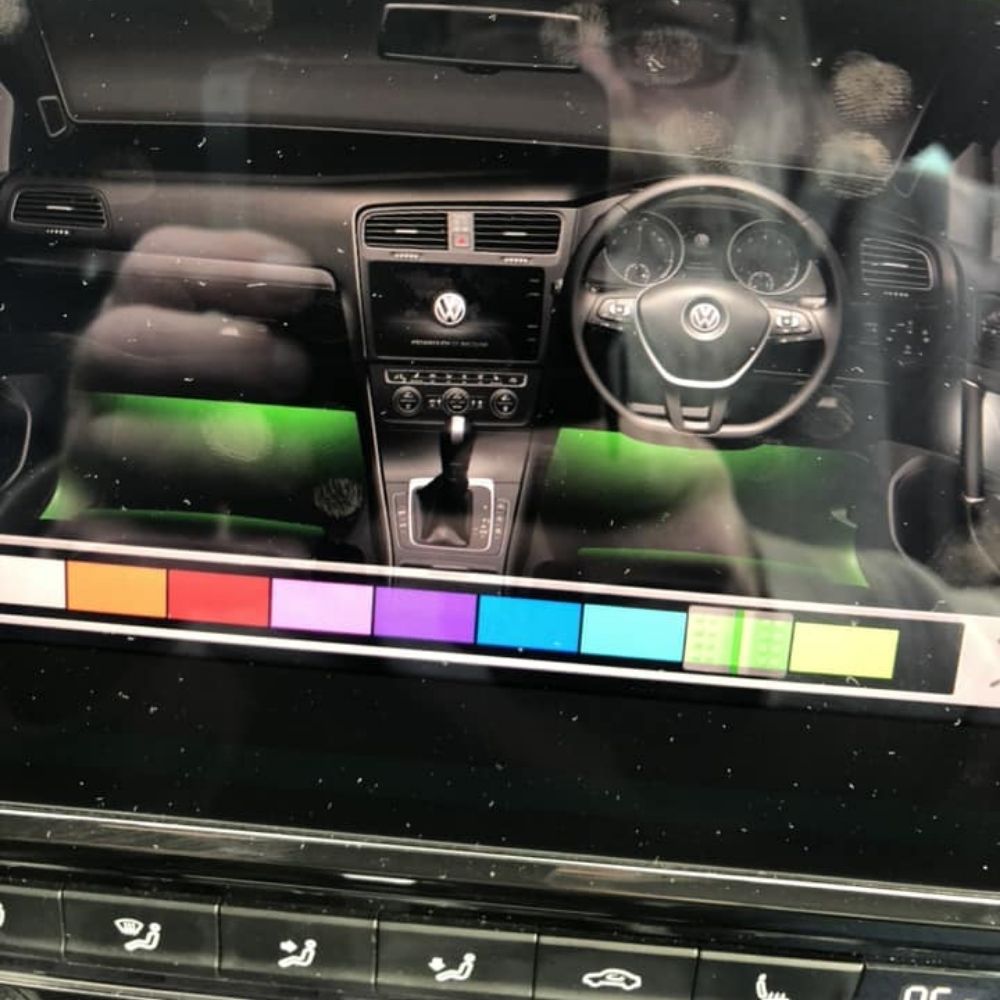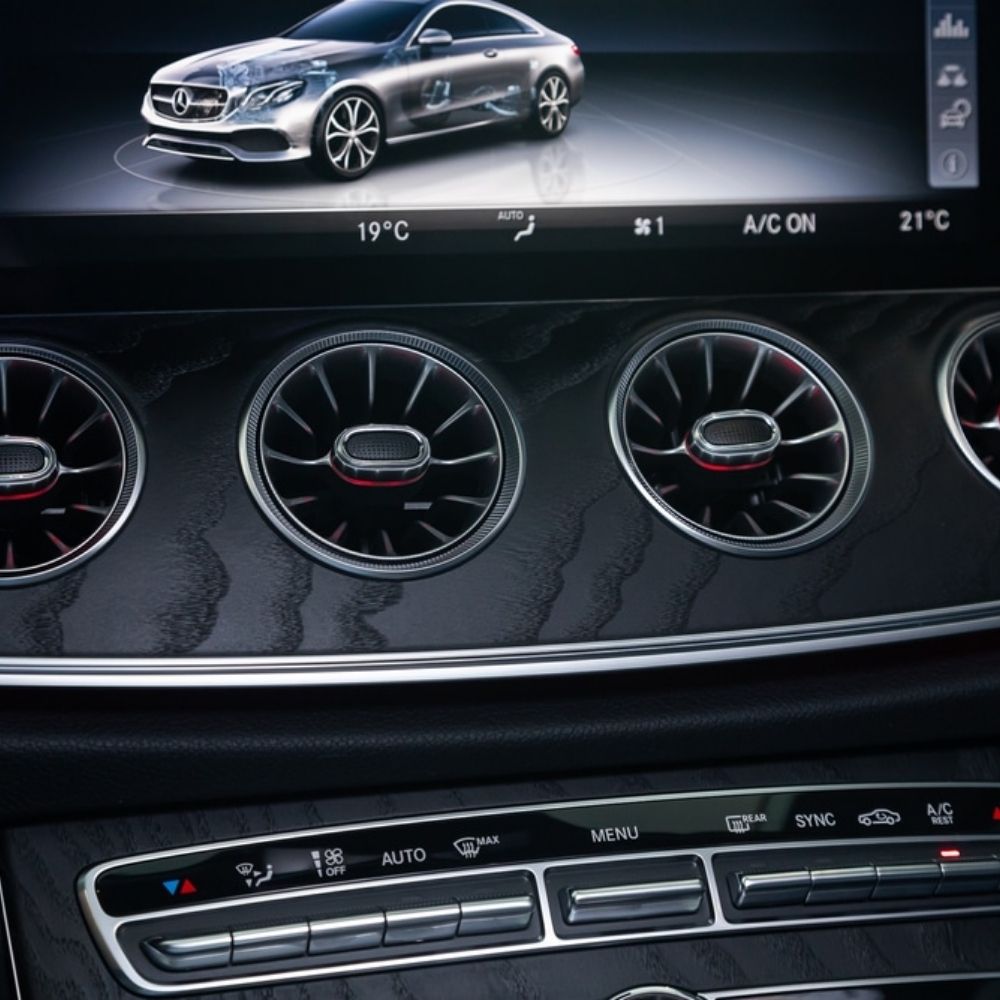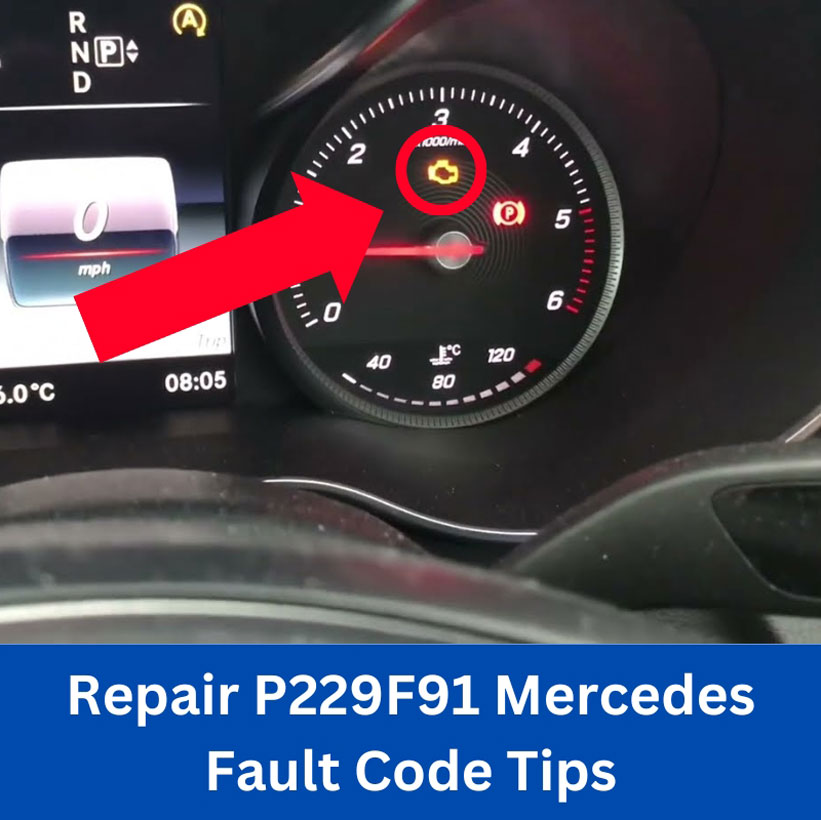
Is The 3106 BMW Code Costing You Time And Money?
Contents
- 1. What Does the 3106 BMW Code Mean?
- 2. What Are the Common Symptoms Associated With the 3106 BMW Code?
- 3. What Are the Potential Causes of the 3106 BMW Code?
- 4. How To Diagnose the 3106 BMW Code
- 5. Step-by-Step Guide To Fix the 3106 BMW Code
- 6. Can I Drive My BMW With the 3106 Code?
- 7. How Much Does It Cost To Fix the 3106 BMW Code?
- 8. What Are Some Tips To Prevent the 3106 BMW Code?
- 9. How Can AutoExplain.com Help Me With the 3106 BMW Code?
- 10. What Are Some Other BMW Transmission Codes I Should Be Aware Of?
The 3106 Bmw Code indicates an issue within your BMW’s transmission system, often related to gear monitoring or ratio errors. Resolving it promptly can save you from further damage. Are you struggling to diagnose and fix it? AutoExplain.com offers expert remote support to get your BMW back on the road quickly.
1. What Does the 3106 BMW Code Mean?
The 3106 BMW code signifies a transmission issue, specifically indicating a problem with gear monitoring or an implausible gear ratio within the transmission system. This error often suggests that the transmission control module (TCM) has detected a discrepancy between the expected gear ratio and the actual gear ratio, hindering optimal vehicle performance. If the 3106 BMW code appears, here’s what you need to know.
- Gear Monitoring: The TCM continuously monitors the input and output speeds of the transmission to ensure the correct gear is engaged.
- Implausible Ratio: The code triggers when the calculated gear ratio doesn’t match the expected value for the selected gear.
Here’s a breakdown of potential issues:
| Issue | Description |
|---|---|
| Incorrect Gear Engagement | The transmission may not be fully engaging the selected gear, leading to slippage or erratic shifting. |
| Sensor Malfunction | Faulty input or output speed sensors can provide incorrect data to the TCM, causing it to miscalculate the gear ratio. |
| Mechanical Problems | Internal transmission damage, such as worn clutches or gears, can also result in implausible gear ratios. |
| Software Issues | Problems within the TCM software that result in misinterpreting sensor data. |
2. What Are the Common Symptoms Associated With the 3106 BMW Code?
The 3106 BMW code is often accompanied by noticeable symptoms that can alert you to a transmission problem. These symptoms can range from subtle changes in shifting behavior to more pronounced issues affecting drivability. Recognizing these signs early can help you address the problem before it escalates.
- Erratic Shifting: The transmission may shift abruptly or at the wrong times, leading to a jerky or uneven driving experience.
- Slipping Gears: The transmission might slip out of gear or fail to engage the next gear properly, resulting in a loss of power or acceleration.
- Delayed Engagement: When shifting from park or neutral into drive or reverse, there may be a noticeable delay before the transmission engages.
- Limp Mode: The vehicle may enter limp mode, which limits engine power and speed to protect the transmission from further damage.
- Check Engine Light: The check engine light will illuminate on the dashboard, indicating that the vehicle’s computer has detected a problem.
- Unusual Noises: You may hear clunking, whining, or grinding noises coming from the transmission, especially during gear changes.
If you observe any of these symptoms along with the 3106 BMW code, it is essential to promptly diagnose and address the underlying issue. Continuing to drive with these problems can lead to more severe damage to the transmission, resulting in costly repairs. Consider seeking professional help from a trusted mechanic or using diagnostic tools to pinpoint the exact cause of the code and implement the appropriate solutions. AutoExplain.com can provide remote diagnostic and repair support if you need assistance.
3. What Are the Potential Causes of the 3106 BMW Code?
The 3106 BMW code can stem from various underlying issues within the transmission system. Identifying these potential causes is crucial for accurate diagnosis and effective repair.
- Faulty Speed Sensors: Malfunctioning input or output speed sensors can provide inaccurate readings to the TCM, leading to incorrect gear ratio calculations.
- Low Transmission Fluid: Insufficient transmission fluid can cause slippage and erratic shifting, triggering the 3106 code. Low fluid levels can result from leaks, so checking for leaks is also important.
- Contaminated Transmission Fluid: Dirty or contaminated transmission fluid can impede the proper functioning of the transmission, leading to shifting problems and the 3106 code.
- Damaged Wiring or Connectors: Damaged, corroded, or loose wiring and connectors in the transmission system can disrupt the signals between the sensors, TCM, and other components.
- Internal Transmission Damage: Worn or damaged internal components, such as clutches, gears, or valve bodies, can cause incorrect gear ratios and trigger the 3106 code.
- Transmission Control Module (TCM) Issues: Problems with the TCM itself, such as software glitches, programming errors, or internal failures, can lead to the incorrect interpretation of sensor data.
4. How To Diagnose the 3106 BMW Code
Diagnosing the 3106 BMW code accurately is the first step toward resolving the underlying transmission issue. Here’s a systematic approach to diagnosing the code:
-
Use an OBD-II Scanner:
- Connect an OBD-II scanner to the diagnostic port of your BMW.
- Read and record all stored trouble codes, including the 3106 code.
- Clear the codes and take the car for a test drive to see if the 3106 code reappears.
-
Check Transmission Fluid Level and Condition:
- Locate the transmission fluid dipstick (if equipped) or check the fluid level through the fill plug, if there is no dipstick.
- Ensure that the fluid level is within the recommended range.
- Inspect the fluid for signs of contamination, such as a dark color, burnt odor, or the presence of debris.
-
Inspect Speed Sensors:
- Locate the input and output speed sensors on the transmission.
- Visually inspect the sensors and their connectors for damage, corrosion, or loose connections.
- Use a multimeter to test the sensors for proper resistance and signal output, comparing the readings to the manufacturer’s specifications.
-
Check Wiring and Connectors:
- Thoroughly inspect all wiring and connectors associated with the transmission system, including those connected to the speed sensors and TCM.
- Look for signs of damage, such as frayed wires, cracked insulation, or corroded terminals.
- Use a multimeter to check for continuity and proper voltage at the connectors.
-
Evaluate Transmission Control Module (TCM):
- Check for any visible damage or corrosion on the TCM and its connectors.
- Ensure that the TCM is properly grounded.
- If possible, use a diagnostic scan tool to monitor the TCM’s data stream, looking for any abnormalities or inconsistencies in the sensor readings.
-
Road Test:
- Perform a road test to observe the transmission’s behavior under various driving conditions.
- Pay close attention to shifting patterns, gear engagement, and any unusual noises or vibrations.
- Monitor the transmission’s performance with the OBD-II scanner to check real-time data and confirm if the 3106 code returns.
Accurate diagnosis of the 3106 BMW code requires a systematic approach and attention to detail. If you’re unsure about any of these steps, AutoExplain.com is ready to provide expert remote guidance to help you pinpoint the exact cause.
5. Step-by-Step Guide To Fix the 3106 BMW Code
Once you’ve diagnosed the cause of the 3106 BMW code, you can proceed with the necessary repairs. Here’s a step-by-step guide to help you fix the issue:
-
Replace Faulty Speed Sensors:
- Disconnect the negative battery cable for safety.
- Locate the faulty input or output speed sensor on the transmission.
- Disconnect the electrical connector and remove the sensor.
- Install the new sensor, ensuring it is properly seated and tightened.
- Reconnect the electrical connector and the negative battery cable.
-
Address Low Transmission Fluid:
- Locate the transmission fluid fill plug or dipstick tube.
- Add the recommended type of transmission fluid until the level reaches the specified mark.
- Check for any leaks around the transmission and repair them as necessary.
-
Flush or Replace Contaminated Transmission Fluid:
- Drain the old transmission fluid by removing the drain plug or the transmission pan.
- Replace the transmission filter, if accessible.
- Reinstall the drain plug or transmission pan, using a new gasket if necessary.
- Refill the transmission with the recommended type and quantity of fluid.
-
Repair Damaged Wiring or Connectors:
- Disconnect the negative battery cable.
- Locate the damaged wiring or connectors in the transmission system.
- Repair or replace the affected wires and connectors, ensuring proper connections and insulation.
- Reconnect the negative battery cable.
-
Address Internal Transmission Damage:
- For minor internal damage, consider using transmission additives designed to improve shifting and reduce slippage.
- For more severe damage, it may be necessary to rebuild or replace the transmission.
-
Reprogram or Replace the TCM:
- Check for any available software updates for the TCM and install them using a diagnostic scan tool.
- If the TCM is faulty, replace it with a new or remanufactured unit.
- Program the new TCM to match your vehicle’s specifications, if required.
6. Can I Drive My BMW With the 3106 Code?
Driving your BMW with the 3106 code is not recommended, as it indicates a problem within the transmission system. Continuing to drive with this code can lead to further damage and potentially more costly repairs. Here’s why:
- Risk of Further Damage: The underlying issue causing the 3106 code, such as slipping gears or incorrect gear ratios, can worsen over time with continued use.
- Potential Safety Concerns: Erratic shifting, delayed engagement, or sudden loss of power can create unsafe driving conditions, especially in traffic or at high speeds.
- Limp Mode Activation: The vehicle may enter limp mode, limiting engine power and speed to protect the transmission. While limp mode can prevent further damage, it also significantly restricts the vehicle’s performance.
- Increased Wear and Tear: Driving with transmission problems can accelerate wear and tear on other components, leading to additional issues and expenses.
7. How Much Does It Cost To Fix the 3106 BMW Code?
The cost to fix the 3106 BMW code can vary widely depending on the underlying cause and the extent of the repairs required. Here’s a general breakdown of potential costs:
- Speed Sensor Replacement: Replacing a faulty speed sensor typically costs between $150 and $350, including parts and labor. The exact price depends on the make and model of your BMW and the location of the sensor.
- Transmission Fluid Service: A transmission fluid flush or replacement service can range from $200 to $400. This includes the cost of the fluid, filter (if applicable), and labor.
- Wiring and Connector Repairs: Repairing damaged wiring and connectors can cost between $100 and $300, depending on the complexity of the repairs and the extent of the damage.
- Transmission Control Module (TCM) Replacement: Replacing the TCM can be one of the more expensive repairs, ranging from $800 to $2,000 or more. This includes the cost of the new module and programming.
- Transmission Rebuild or Replacement: If the 3106 code is due to internal transmission damage, rebuilding or replacing the transmission may be necessary. This can range from $3,000 to $7,000 or more, depending on the extent of the damage and whether you opt for a rebuild or replacement.
8. What Are Some Tips To Prevent the 3106 BMW Code?
Preventing the 3106 BMW code involves proactive maintenance and care of your vehicle’s transmission system. Here are some essential tips to help you avoid this issue:
- Regular Transmission Fluid Checks: Check the transmission fluid level and condition regularly, following the manufacturer’s recommended intervals.
- Timely Transmission Fluid Changes: Adhere to the recommended transmission fluid change intervals specified in your BMW’s owner’s manual.
- Use the Right Transmission Fluid: Always use the transmission fluid type recommended by BMW for your specific model.
- Avoid Harsh Driving Habits: Minimize aggressive acceleration, hard braking, and frequent stop-and-go driving, as these habits can put extra strain on the transmission.
- Address Transmission Issues Promptly: If you notice any symptoms of transmission problems, such as erratic shifting, slipping gears, or unusual noises, address them promptly.
- Regular Inspections: Have your BMW’s transmission system inspected by a qualified technician during routine maintenance visits.
- Keep the Vehicle Cool: Overheating can damage transmission components. Ensure your car’s cooling system is functioning properly.
9. How Can AutoExplain.com Help Me With the 3106 BMW Code?
AutoExplain.com specializes in providing remote diagnostic and repair support for automotive issues, including transmission problems indicated by the 3106 BMW code. Here’s how we can assist you:
- Remote Diagnostics: Our experienced technicians can remotely access your vehicle’s diagnostic data to identify the root cause of the 3106 code.
- Step-by-Step Guidance: We provide detailed, step-by-step instructions to help you perform the necessary repairs.
- Expert Advice: Our team offers expert advice and insights on the best course of action for your specific situation.
- Software Solutions: We can assist with TCM programming, software updates, and other electronic repairs.
- Cost-Effective Solutions: Our remote support services can save you time and money by avoiding costly trips to the mechanic.
10. What Are Some Other BMW Transmission Codes I Should Be Aware Of?
While the 3106 BMW code indicates a specific transmission issue, there are several other BMW transmission codes that you should be aware of. Recognizing these codes and their potential causes can help you maintain your vehicle’s transmission system effectively.
- 4F81: Ratio Monitoring, Clutch A – This code indicates a problem with the clutch A in the transmission, often related to slippage or incorrect engagement.
- 4F85: Ratio Monitoring, Clutch D – Similar to 4F81, this code indicates a problem with clutch D, suggesting issues with gear ratios or clutch performance.
- 4F89: Ratio Monitoring, Gear 5 – This code indicates an incorrect gear ratio in 5th gear, which can result from worn gears, faulty sensors, or valve body issues.
- 4F95: Ratio Monitoring, Gear 6 – Similar to 4F89, this code points to an incorrect gear ratio in 6th gear, often due to internal transmission problems or sensor malfunctions.
- 5141: Transmission Oil Temperature Sensor – This code indicates a problem with the transmission oil temperature sensor, which can affect the TCM’s ability to properly regulate transmission operation.
- 51A7: EGS Input Speed Sensor – This code signifies a problem with the input speed sensor, leading to inaccurate readings and potentially affecting shifting performance.
- 51A8: EGS Output Speed Sensor – This code indicates a fault with the output speed sensor, which can cause issues with gear ratio calculations and overall transmission function.
Understanding these codes is important for maintaining your BMW’s transmission and preventing costly repairs.
Don’t let the 3106 BMW code keep you off the road. Contact AutoExplain.com today via WhatsApp at +1(936)2896695 or email us at [email protected] for expert remote support. Our office is located at 1500 N Grant ST Sten Denver, CO 80203. Visit our website AutoExplain.com for more information.


How to Perform 7 Speed DSG Basic Settings with ODIS on Skoda Octavia

How do you fix a Tire Pressure Monitor Inoperative Mercedes

Mercedes Temperature Offset Coding: Set Air Conditioner Colder Using DTS Monaco







